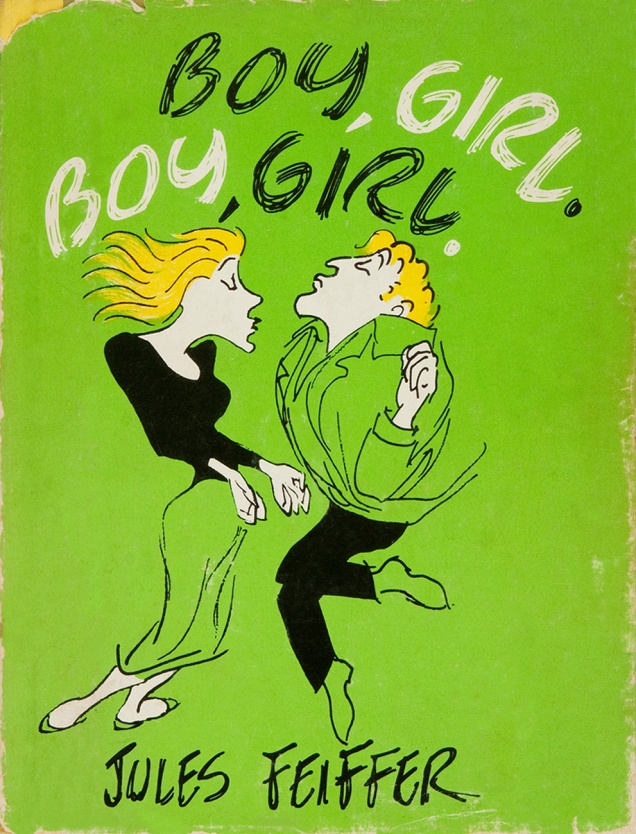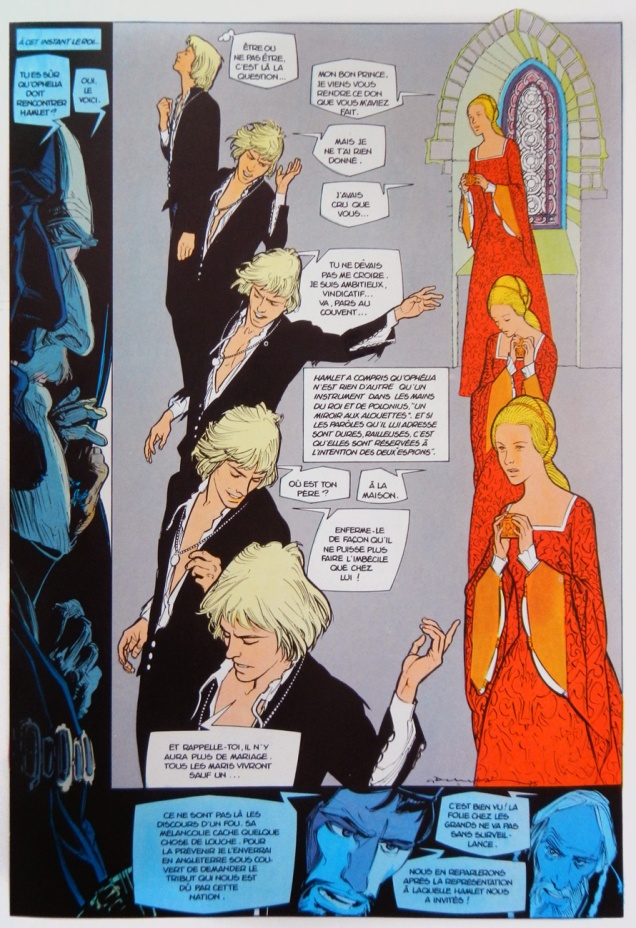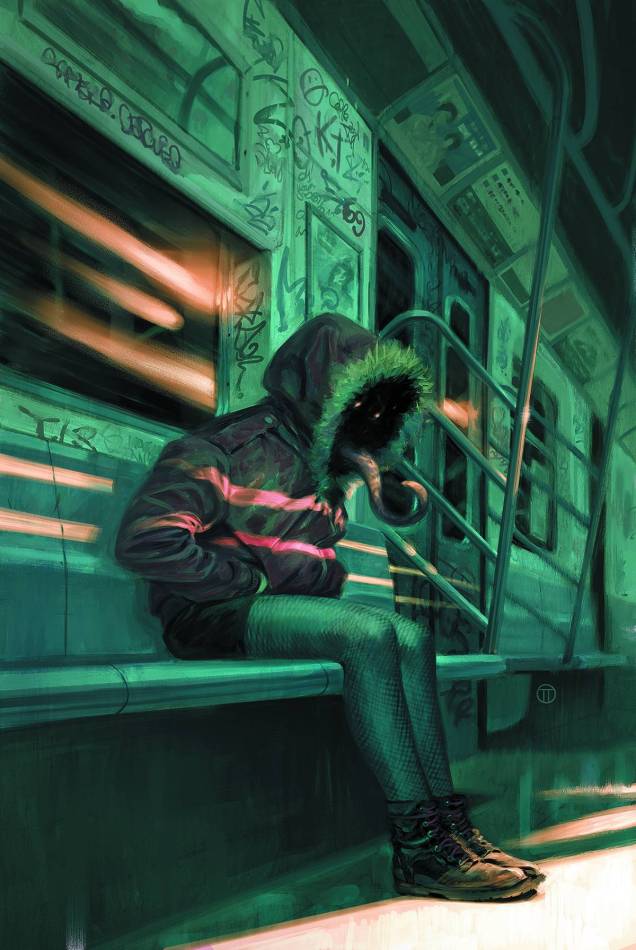Tentacle Tuesday! The name of the game this time: epic battles (It’s the end of January, and I’m in a belligerent mood.)
First, I’d like to share these wonderfully weird and colourful Hindi comic covers that I’ve been reserving for a while.

Apparently India’s love (hate? senseless violence?) affair with octopuses has been going on for a while, because here’s another tentacled cover:

My (somewhat) educated guess is that these covers are from the late 80s, early 90s. If you’d like to see more, hoist your sails over to the Monster Brains blog over here.
Incidentally, while attempting to glean more information about this, I stumbled upon some hilarious, more modern Indian comic covers, namely these three:



![]()
For our next heroic skirmish, a scene with dramatic waves, a half-naked damsel, a hot guy, and an an intense octopus with a Rasputin-esque furrowing of the brow. Basically, the glorious pen of Enrique Nieto was guaranteeing eye candy for everyone, whatever their pervy proclivities.


Speaking of octopuses laying eggs (and they do), do you know how these creatures reproduce? Once the male octopus places a sac of sperm into the female’s body cavity with his « mating arm» (yes, he has a dedicated arm just for that purpose), the female lays her eggs, and spends the rest of her time protecting them and keeping them clean. Both the male and female octopuses stop eating after mating, the male drifting around aimlessly, the females dedicating all their energy to safeguarding their offspring. Both die soon after of either starvation or predation. Given these conditions, anybody seeking to destroy the last living female octopus is a fucking asshole – don’t the poor things have it hard enough already?!
![]()
I’ll wrap up with a little cozy scene in which male friendship prevails over the evil tentacles of a sinister, swirly-eyed creature. Aw, you guys…

« Aventuras del FBI» was a Spanish comic published Rollán Editorials, published in little stapled black-and-white books with colour covers. Auto-translating an article about Aventuras gave me this little gem: « Adventure series of an FBI agent named Jack Hope, who is accompanied on his missions by a young man named Bill Boy and a man steeped in meat and joke, Sam. » I don’t know what a man “steeped in meat and joke” is, but it sounds promising!
~ ds















































